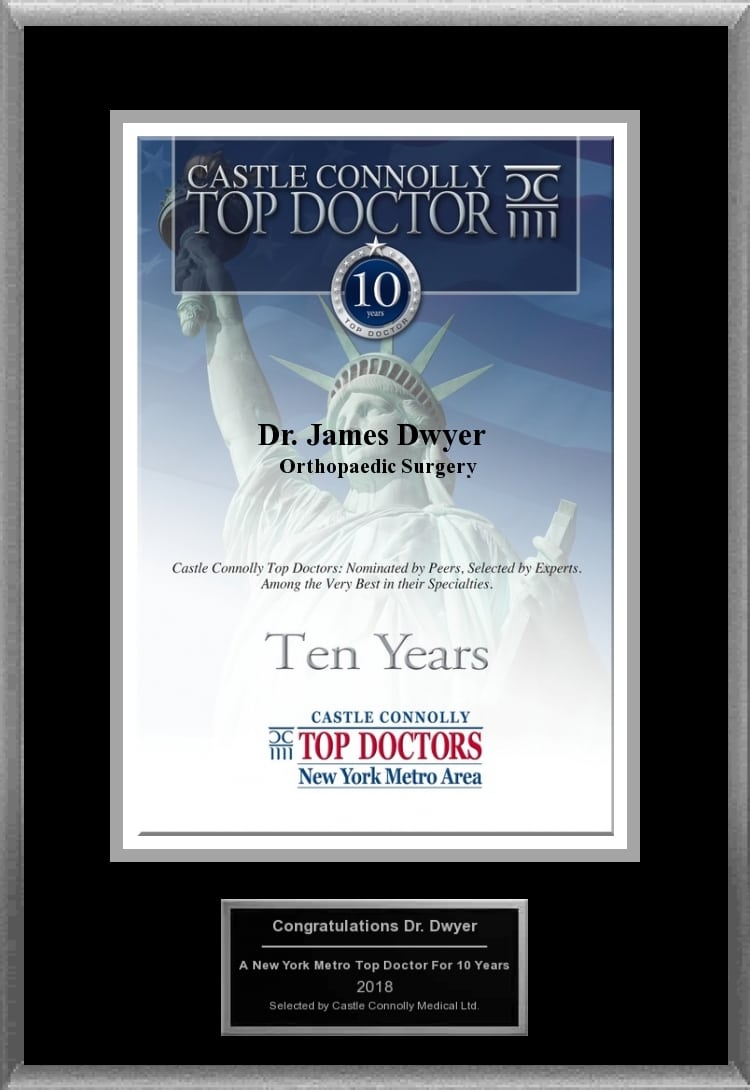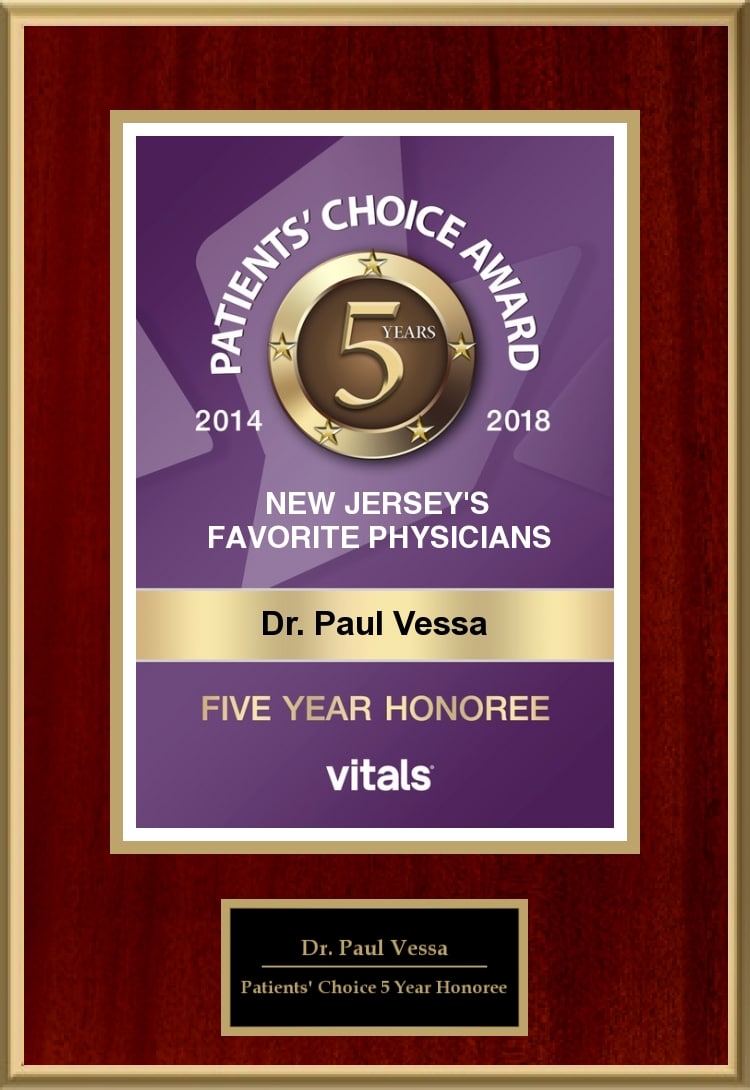Types of Pain
Axial Pain
Axial back pain is the most common cause of lower back pain. Unlike other types of lower back pain, axial pain does not radiate or move around. The causes of axial pain vary; it may be caused by muscle strain, ligament sprain, and problems related to aging, such as disc degeneration or facet joint arthritis.
Radicular Pain
Radicular pain is caused by damaged or pinched nerves. This type of pain may radiate from the back into the hips, buttocks, and legs. The medical term for the condition is radiculopathy. The most common type of lumbar (low back) radiculopathy affects the sciatic nerve; radiculopathy affecting the sciatic nerve is known as sciatica.
Referred Pain
Referred pain is particularly hard to diagnose; it’s a type of pain that is felt in one part of the body but that has its source in another part of the body. There are many potential causes for referred lower back pain; it can be caused by kidney stones, prostate problems, gallstones, colon problems, and other conditions. Working with a back pain specialist can help you diagnose the source of referred back pain.
Causes of Pain
Osteoarthritis
Osteoarthritis is the most common type of arthritis; it can be caused by normal wear and tear of the joints. Lower back osteoarthritis commonly develops as a result of aging and can lead to pain and stiffness.
Herniated Disc
There are discs between the vertebrae of your spine; these discs have a softer interior and a harder exterior. When the interior of the disc moves through a crack in the disc’s exterior, the disc is herniated. A herniated disc (or bulging disc) can cause pain, weakness, and other symptoms.
Degenerative Disc Disease
Degenerative disc disease is a catch-all term for the degeneration of the discs between your vertebrae. This can cause the vertebrae to rub together; pain, scoliosis, herniated discs, spinal stenosis, and other problems can occur as a result of degenerative disc disease.
Sciatica
A pinched sciatic nerve—sometimes called sciatic radiculopathy—can cause pain, numbness, weakness, and other problems.
Spinal Stenosis
Spinal stenosis occurs when the cavity of the spine is too narrow. This puts pressure on the spinal cord, which can cause pain, numbness, and muscle weakness. Sometimes, spinal stenosis has no symptoms, but at its worst, it may require surgery to widen the cavity of the spine.
Infections or Kidney Stones
Infections in certain organs, kidney stones, and other conditions can cause referred pain in the lower back.
Tumors
Tumors in and around the lumbar spine can cause pain, numbness, weakness, difficulty walking, and many other conditions, including loss of bowel or bladder control.
Fibromyalgia
Fibromyalgia is not fully understood; the condition can cause widespread pain throughout the body, including lower back pain. There is no cure for fibromyalgia, so pain management and pain relief are the best options currently available.
Spinal Fractures
Vertebrae fractures and fractures in the pars interarticularis (known as spondylolysis) can both cause back pain. These fractures most commonly occur as a result of physical trauma.
Trauma
Fractures, ligament sprains, and muscle strain can all be caused by physical trauma.
Muscle Strain
Muscle strain is a common cause of back pain; it generally disappears on its own with sufficient rest, but severe muscle strain may require medical interventions.
Radiculopathy
Radiculopathy is a condition in which a nerve in the spine becomes pinched or damaged. Pinched nerves can cause numbness and radiating pain; a pinched sciatic nerve causes the condition known as sciatica.
Scoliosis
Scoliosis is an abnormal curve in the spine. The condition can cause chronic pain, as well as breathing problems and other back problems.
Spondylolysis and Spondylolisthesis
Spondylolysis and spondylolisthesis are two related but separate conditions with similar names. The first, spondylolysis, refers to a crack or fracture in the pars interarticularis—the bone that connects two vertebrae (or, more specifically, upper and lower facet joints) together.
Spondylolisthesis occurs when the pars interarticularis separates, and the vertebrae shifts or slips onto the vertebrae below it. This can cause stiffness, pain, and difficulty walking or standing.
Endometriosis
Endometriosis occurs when tissue that’s similar to the lining of the uterus grows outside the uterus. This tissue can grow in the lower pelvic region, near the lower back; it can also affect surrounding nerves and become inflamed. All of this can lead to back pain.
Symptoms & Signs
Identifying Symptoms
The type of back pain (chronic or acute, and axial, radicular, or referred) you’re experiencing can help you and your medical team diagnose the condition causing your back pain. Look for other symptoms accompanying back pain, including weakness and numbness, as these might indicate problems with your spinal nerves. Qualifying the pain (sharp pain or dull pain, whether or not your back pain radiates, and other qualifiers) can also help you and your medical team diagnose lower back issues.
When To Seek Medical Attention
Some back issues develop gradually, while others appear suddenly. Sudden severe pain or sharp pain should be looked at immediately by a doctor. Ideally, pain that lasts more than a few days should be looked at by a doctor, and any chronic pain (pain lasting more than 3 months) should certainly be addressed.
You should also seek medical attention if weakness or numbness accompany your back pain. Loss of bladder or bowel control is urgent; call 911 or visit a hospital immediately.
Diagnostic Procedures
Physical Examination
In a physical examination, your doctor might test mobility and may also feel around your lower back for any tender areas. Before the physical examination, your doctor will look through your medical history to assess whether or not there are any obvious underlying causes.
X-Ray Review
X-ray review for back pain provides a straightforward diagnostic approach, capturing images of the spine to detect fractures, alignment issues, or degenerative changes. While limited in detail compared to other imaging techniques, X-rays remain a valuable initial step in diagnosing the source of back discomfort.
CT Myelogram
A CT myelogram is a diagnostic imaging procedure used to assess spinal cord and nerve root abnormalities. It involves injecting contrast dye into the spinal canal before obtaining detailed CT scans, aiding in the diagnosis of conditions like herniated discs, spinal stenosis, or tumors.
CT Scan Review
For individuals experiencing back pain, a CT scan review offers detailed insights into spinal structures. This diagnostic tool utilizes advanced imaging technology to visualize bones, discs, and nerves, aiding in identifying the underlying causes of discomfort such as fractures, degenerative changes, or spinal abnormalities.
Imaging Tests
A variety of imaging tests, from MRIs to X-rays, may be used in order to diagnose back pain. Our doctors will review the imaging and determine the best course of action to relieve your lower back pain.
Other Tests
Blood tests, nerve conduction studies, and a variety of other tests may be used to assess the cause of back pain after other examinations have been performed.
Treatment Options
Treatment options vary depending on the cause of your low back pain. They can include:
Medical Treatments
The simplest medical treatment involves pain management through the use of pain medications. Lumbar epidural steroid injections (ESIs) may be used for pain relief of chronic back pain, especially chronic back pain caused by herniated discs or spinal stenosis.
Physical Therapy and Rehabilitation
Various forms of physical therapy can be used for low back pain; strengthening exercises, stretching, and posture correction can all help improve symptoms by increasing flexibility in the lower back and helping muscles and ligaments become more resistant to strains and sprains.
Surgical Options
Minimally invasive surgery can be used to treat a variety of spine issues, including:
- Herniated discs
- Spinal stenosis
- Scoliosis
- Spondylolysis and spondylolisthesis
Spine surgery is a last resort; many low back issues can be treated with pain medications, steroids, physical therapy, and rehabilitation. When spine surgery is needed, however, opting for minimally invasive surgery can help reduce complications.
At New Jersey Spine Institute, we offer a variety of treatments for lower back pain, from pain management to surgery. You don’t have to live with lower back pain, and you don’t have to wait for your condition to get worse; call us today.
Meet The New Jersey Spine Institutes
Prestigious Team of Spine Specialists
Our Doctors Have Been Continuously Awarded







